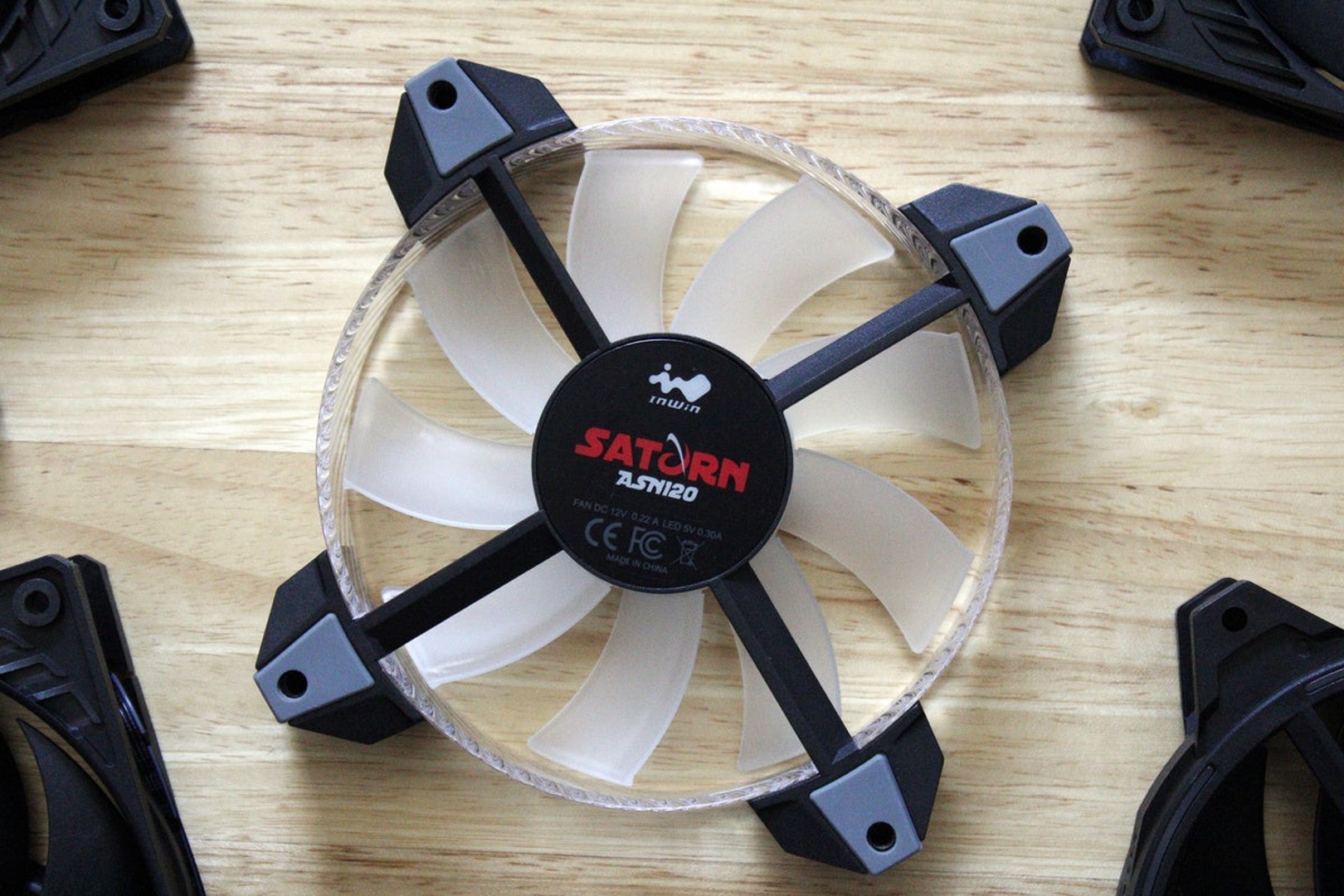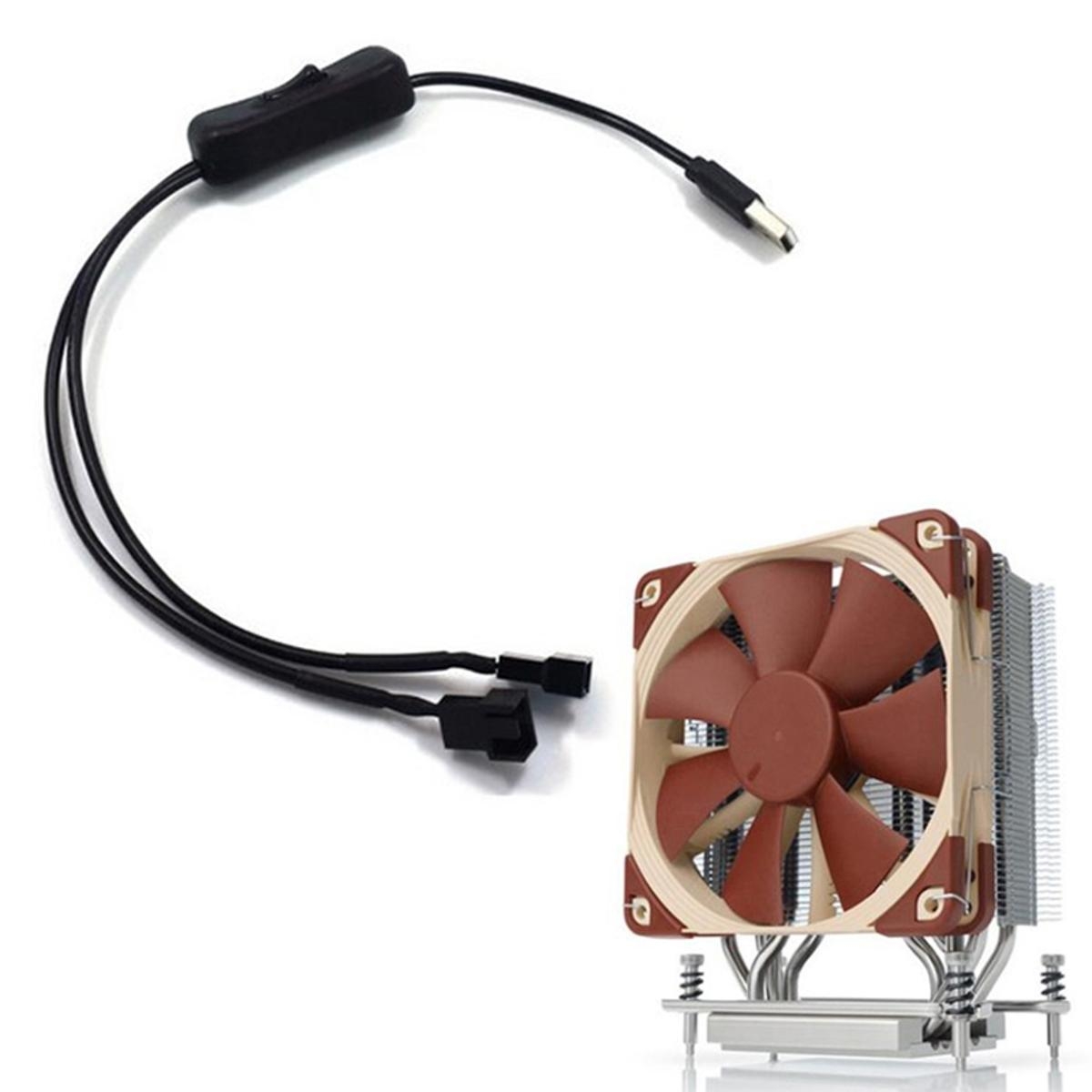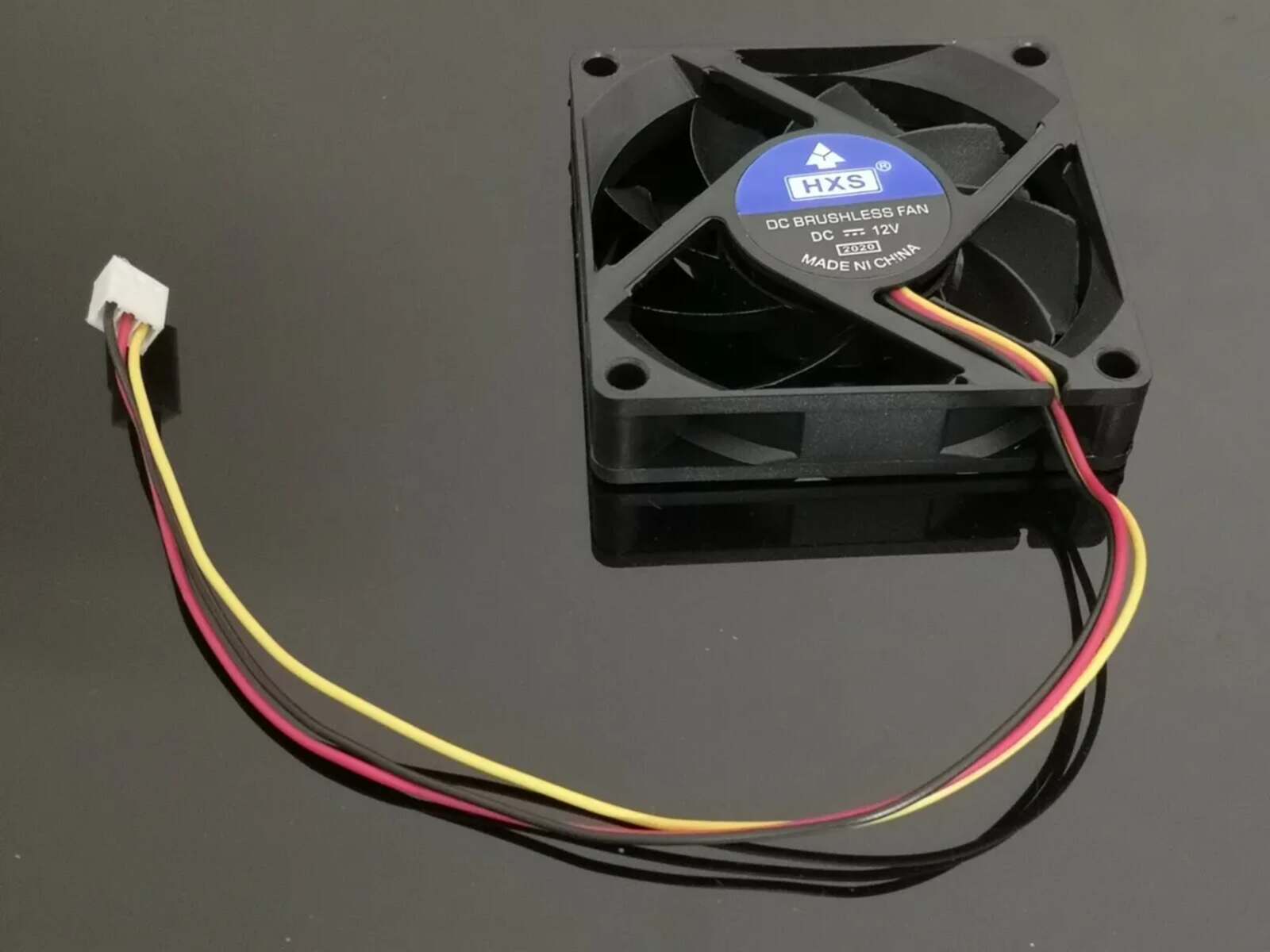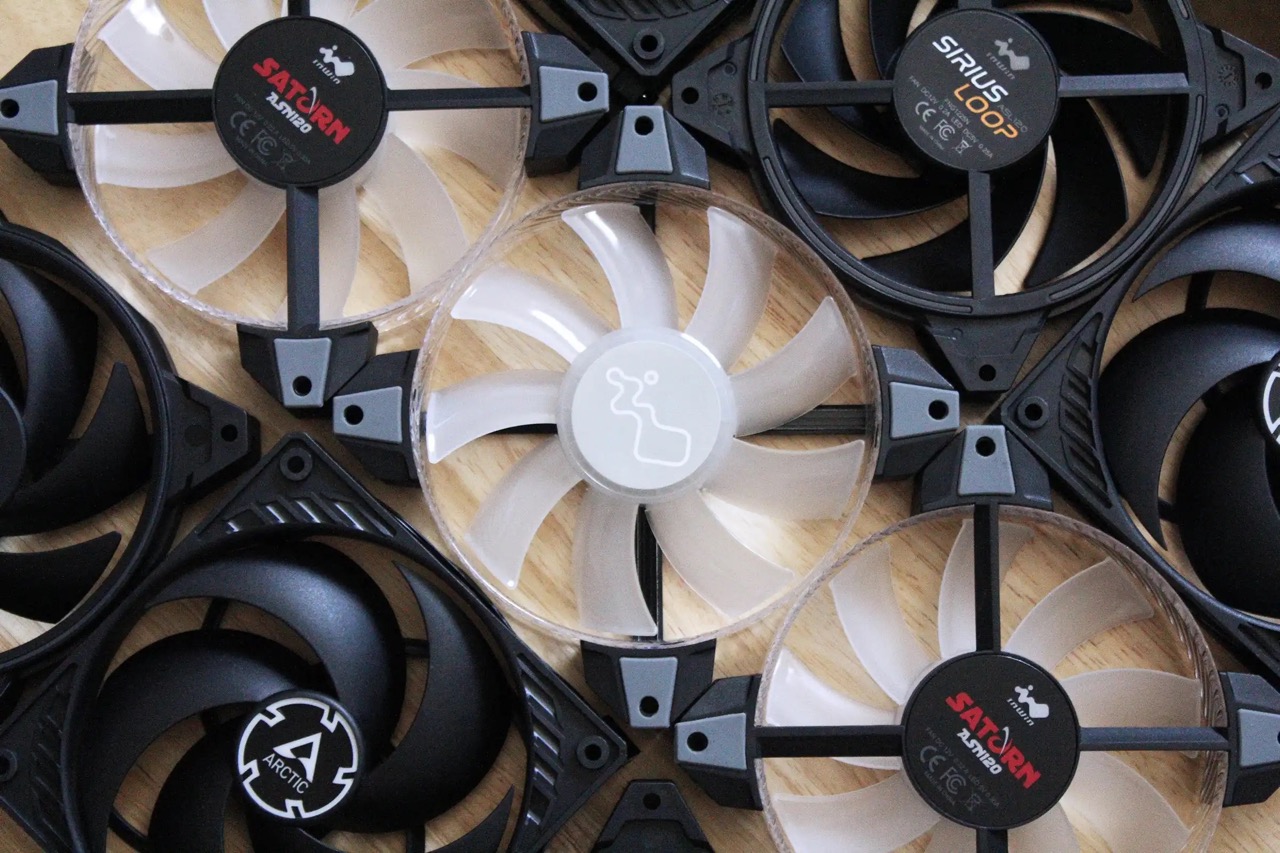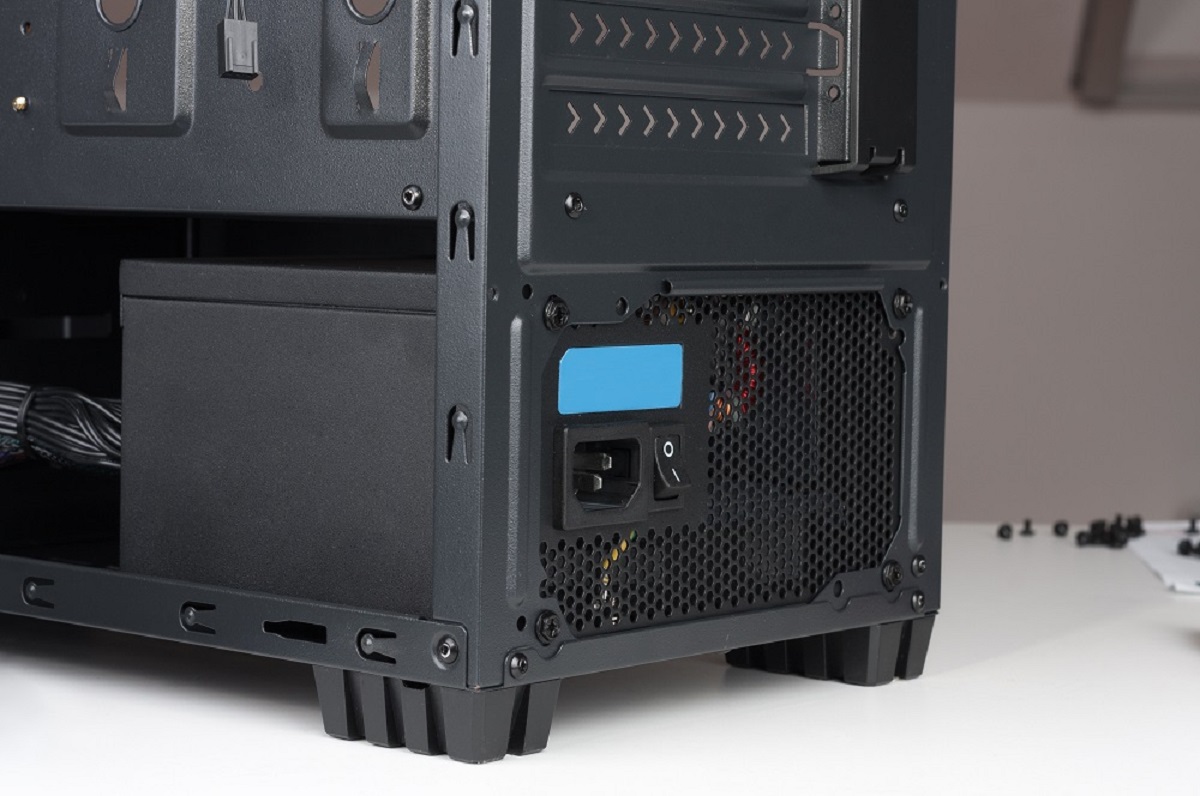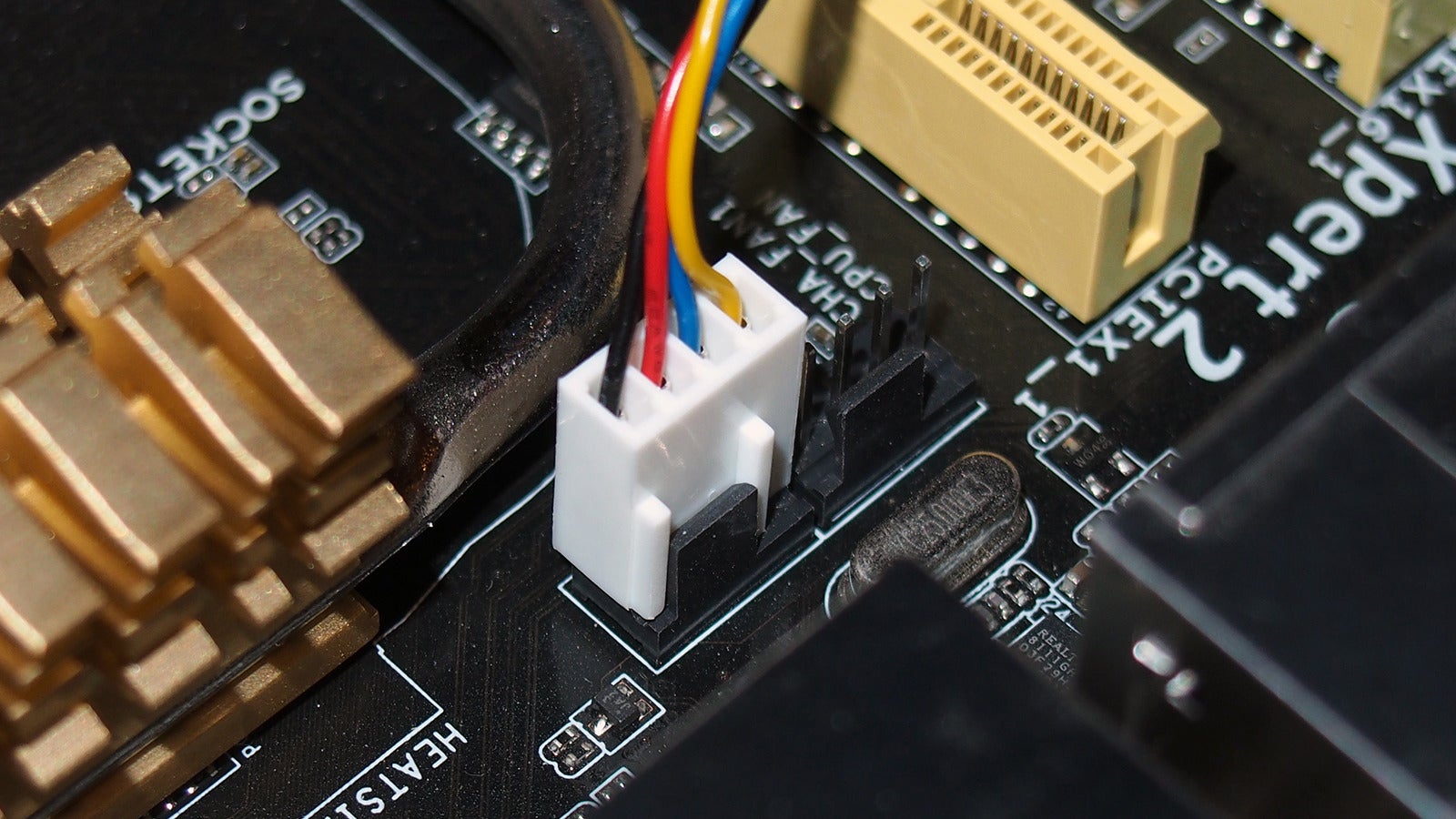Introduction
When it comes to building a gaming rig or a high-performance computer, one crucial component that is often overlooked is the case fan. While it may seem insignificant compared to the powerful CPU or robust GPU, the direction of a case fan can have a significant impact on the overall cooling efficiency and performance of your system.
Proper airflow is essential for maintaining optimal temperatures inside the computer case. Without adequate cooling, components can overheat, leading to reduced performance, system instability, and even permanent damage. That’s why it’s crucial to understand the importance of properly positioning and directing the airflow of case fans.
In this article, we will delve into the significance of the direction of a case fan, explain the concept of air flow, discuss how to determine the direction of a case fan, highlight the best practices for positioning case fans, and point out common mistakes to avoid. By the end, you will have a comprehensive understanding of how to optimize your case fan setup to keep your system running cool and efficient.
Why is the Direction of a Case Fan Important?
The direction of a case fan plays a critical role in maintaining the proper airflow within your computer case. It may seem like a minor detail, but it can have a significant impact on the overall cooling efficiency and performance of your system. Here are a few reasons why the direction of a case fan is essential:
- Heat Dissipation: The primary function of a case fan is to expel hot air from the computer case and bring in fresh, cool air. By ensuring the correct direction, the fan can effectively remove heat generated by components such as the CPU and GPU, preventing them from overheating and causing performance issues.
- Airflow Optimization: The proper direction of case fans ensures that air flows in a consistent and efficient manner. This helps create a balanced airflow throughout the case, preventing stagnant hot air pockets and promoting a more uniform distribution of cool air to all components.
- Dust Reduction: Case fans positioned in the correct direction can help reduce the buildup of dust inside the computer case. By directing the airflow in a way that expels air from areas prone to dust accumulation, you can prevent dust particles from settling on sensitive components, prolonging their lifespan and reducing the need for frequent cleaning.
- Noise Control: Properly oriented case fans can also contribute to noise reduction. When fans are arranged to direct air in a way that doesn’t obstruct the flow or create turbulence, it can lead to quieter operation, as the fan doesn’t need to work as hard to maintain optimal cooling.
Overall, the direction of a case fan is crucial for providing efficient cooling to your system, optimizing airflow, preventing overheating, reducing dust buildup, and ensuring a quieter computing experience. It is an often overlooked but essential aspect of building a high-performance computer.
Understanding Air Flow
Before diving into determining the direction of a case fan, it’s important to have a basic understanding of how air flow works inside a computer case. Air flow refers to the movement of air within the case, which is crucial for maintaining optimal temperatures and preventing overheating. Here are the key factors to consider:
- Inlet and Outlet: Air flow begins with the intake and exhaust points. Inlet areas, usually located at the front or bottom of the case, bring in fresh, cool air. The hot air generated by components is expelled through exhaust points like rear or top case fan positions.
- Positive and Negative Pressure: Air flow creates either positive or negative pressure inside the case. Positive pressure occurs when the intake fan(s) bring in more air than the exhaust fan(s) can expel, causing air to escape through any available opening. Negative pressure happens when the exhaust fan(s) have a higher flow rate than the intake fan(s), resulting in air being drawn into the case through any available opening.
- Channels and Obstructions: It’s important to ensure that air flow follows a structured path within the case. Components like the CPU cooler, GPU, and drives can create obstructions that might disrupt the air flow. Proper cable management and positioning of components help create clear channels for air to flow through, maximizing cooling efficiency.
- Turbulence and Hot Spots: Turbulent air flow can lead to hot spots within the case. It occurs when air collides or swirls in an uncontrolled manner, hindering the transfer of heat away from components. Ensuring smooth and undisturbed air flow helps prevent these hot spots and ensures efficient cooling.
Understanding these concepts will help you determine the best direction for your case fan(s) and maintain an optimal airflow pattern within your computer case. Now, let’s move on to how to determine the direction of a case fan.
How to Determine the Direction of a Case Fan
When installing or repositioning case fans, it’s crucial to determine their proper direction to ensure optimal cooling and airflow. Here are a few methods to help you determine the direction of a case fan:
- Manufacturer’s Documentation: The first step is to consult the manufacturer’s documentation or the label on the fan itself. Many case fans will have arrows indicating the direction of airflow. If available, this is the most reliable source of information.
- Visual Inspection: In the absence of specific markings, you can visually inspect the fan blades. Most case fans have curved blades, with one side typically being flat or slightly curved. The curved side is designed to face away from the heat source and push air in that direction.
- Power-On Test: If you are uncertain about the direction of a case fan, you can temporarily connect it to a power source and observe the airflow. Hold a piece of tissue or a thin strip of paper near the fan and see which way it gets blown. This will give you a clear indication of the fan’s airflow direction.
- Intellectual Analysis: Another method is to determine the airflow by analyzing the positioning of the fan within the computer case. Generally, case fans at the front or bottom of the case are intake fans, while those at the rear or top are exhaust fans. This is because the front and bottom positions bring in fresh air, whereas the rear and top positions expel hot air.
It’s important to note that the direction of a case fan can vary depending on its specific purpose and positioning within the case. For example, some fans may be configured as blowers to cool specific components like the graphics card.
By following these methods and paying attention to specific fan markings or characteristics, you can confidently determine the direction of your case fans and ensure proper cooling and airflow within your computer case.
Best Practices for Positioning Case Fans
Proper positioning of case fans is essential for optimizing cooling and airflow within your computer case. Here are some best practices to follow when positioning your case fans:
- Intake and Exhaust Balance: Maintaining a balance between intake and exhaust fans is important for keeping a steady flow of fresh air while expelling hot air. A general rule of thumb is to have slightly more intake fans than exhaust fans to create positive pressure and prevent dust from entering through unfiltered gaps.
- Front and Bottom Intake: Positioning intake fans at the front and bottom of the case helps bring in cool air from outside the case. This allows the fresh air to flow over components like the CPU, GPU, and drives, helping to keep them cool.
- Rear and Top Exhaust: Placing exhaust fans at the rear and top of the case helps expel hot air generated by components. The hot air naturally rises, so a top-mounted exhaust fan is particularly effective in removing this heat. Using a rear exhaust fan helps create a linear flow of air throughout the case.
- CPU Cooler Orientation: If using an aftermarket CPU cooler, make sure to position it in a way that aligns with the airflow pattern of the case. Most CPU coolers have fans that blow air towards the rear of the case, so positioning it to align with the rear exhaust fan helps maintain a consistent airflow.
- Consider Graphics Card Cooling: Graphics cards (GPU) generate a significant amount of heat, so it’s important to consider their cooling needs. Positioning intake fans near the GPU helps provide fresh air for cooling. Additionally, some cases have side-panel fan mounts that can blow cool air directly onto the graphics card.
It’s important to note that optimal fan positioning may vary depending on your specific case and components. Checking the manufacturer’s documentation or online resources for your case model can provide specific recommendations for fan positioning.
Remember to also consider cable management when positioning case fans. Tidy cables help ensure unobstructed airflow and prevent tangled wires from obstructing the fans. Use cable ties and routing features within the case to keep cables organized and away from fan blades.
By following these best practices, you can maximize the cooling efficiency and airflow within your computer case, helping to keep your components running at their best performance and extending their lifespan.
Common Mistakes to Avoid
When it comes to positioning and directing case fans, there are a few common mistakes that you should avoid to ensure optimal cooling and airflow within your computer case:
- Improper fan orientation: One of the most common mistakes is installing case fans in the wrong direction. Incorrectly positioned fans can disrupt the airflow, leading to inefficient cooling. Always double-check the fan direction and ensure that it aligns with the intended airflow pattern.
- Inadequate intake/exhaust balance: Another mistake is not maintaining a proper balance between intake and exhaust fans. Having too many intake fans relative to exhaust fans can create negative pressure, drawing in dust and reducing cooling efficiency. Strive for a slightly positive pressure setup to keep dust out and maintain airflow.
- Obstructing airflow: Blocking the path of airflow by improper cable management or placing objects in front of the fans can significantly reduce cooling capacity. Ensure that cables are neatly routed and secured away from the fans to allow for unobstructed airflow inside the case.
- Positioning fans too far from components: Placing case fans too far from components like the CPU or GPU can hinder effective heat dissipation. Make sure that the fans are adequately positioned to provide direct cooling to these components, especially those that generate the most heat.
- Ignoring fan speed control: Many case fans come with adjustable speed settings. Failing to adjust the fan speed based on system demand can result in unnecessary noise and energy consumption. Use fan speed control options provided by your motherboard or fan controller to optimize cooling performance.
By avoiding these common mistakes, you can ensure that your case fans operate optimally, providing efficient cooling and airflow within your computer case. Taking the time to correctly position and direct the fans will not only maximize the performance and longevity of your components but also contribute to a quieter and more enjoyable computing experience.
Reversing the Direction of a Case Fan
There may be instances where you need to reverse the direction of a case fan to address specific cooling requirements or optimize airflow within your computer case. Reversing the direction of a fan is a relatively straightforward process, and here’s how you can do it:
- Turn off your computer: Before making any changes to your case fans, always ensure that your computer is turned off and unplugged from the power source. This will help prevent any accidental damage or injuries.
- Identify the current direction: Determine the current direction of the fan by observing its airflow or checking any marks or arrows on the fan itself. Take note of the existing orientation to ensure you reverse it correctly.
- Remove the fan if necessary: Some case fans may require you to remove them for easier access and manipulation. Consult your case or fan manual for instructions on removing and reinstalling the fan safely.
- Flip the fan around: Once the fan is accessible, carefully flip it around so that the side that was previously facing inward is now facing outward. This will reverse the direction of the airflow generated by the fan.
- Secure the fan back in place: If you removed the fan, ensure that you securely reattach it to its original position, following the instructions from your case or fan manual. Make sure all screws or fasteners are tight but not over-tightened to avoid damaging the fan or the case.
After reversing the direction of the fan, take a moment to power on your computer and observe the airflow to confirm that it is now flowing in the desired direction. Keep in mind that reversing the direction of a case fan may affect the overall cooling and airflow of your system, so make adjustments as necessary to maintain optimal temperatures.
Remember to regularly monitor your system’s temperatures after reversing a case fan’s direction to ensure that cooling remains efficient. If you notice any excessive heat or performance issues, consider repositioning or adjusting the fan’s direction once again.
By understanding the process and taking necessary precautions, you can confidently reverse the direction of your case fan to address specific cooling needs or improve airflow within your computer case.
Conclusion
Properly positioning and directing case fans is crucial for maintaining optimal cooling and airflow within your computer case. By understanding the significance of fan direction and airflow patterns, you can effectively keep your system running cool, maximize performance, and extend the lifespan of your components.
We explored the importance of the direction of a case fan and how it impacts heat dissipation, airflow optimization, dust reduction, and noise control. Understanding these factors allows you to make informed decisions when setting up your case fans.
We also discussed how to determine the direction of a case fan, whether through manufacturer’s documentation, visual inspection, power-on tests, or intellectual analysis. These methods help ensure that the fans are oriented correctly and working in conjunction with the intended airflow pattern.
Furthermore, we highlighted the best practices for positioning case fans, including maintaining balance between intake and exhaust, strategically placing fans at front and bottom for intake, and rear and top for exhaust. We also emphasized the importance of considering GPU cooling and cable management.
In addition, we pointed out common mistakes to avoid, such as improper fan orientation, inadequate intake/exhaust balance, obstructing airflow, positioning fans too far from components, and ignoring fan speed control. Being mindful of these mistakes will help optimize your cooling setup.
Finally, we discussed the process of reversing the direction of a case fan when necessary, providing step-by-step instructions to safely and effectively make this adjustment to meet specific cooling requirements or optimize airflow.
By following the guidelines and best practices provided in this article, you can ensure that your case fans operate efficiently, creating an optimal cooling environment for your system. Keeping your components cool and maintaining proper airflow will contribute to improved performance, reliability, and longevity of your computer.







